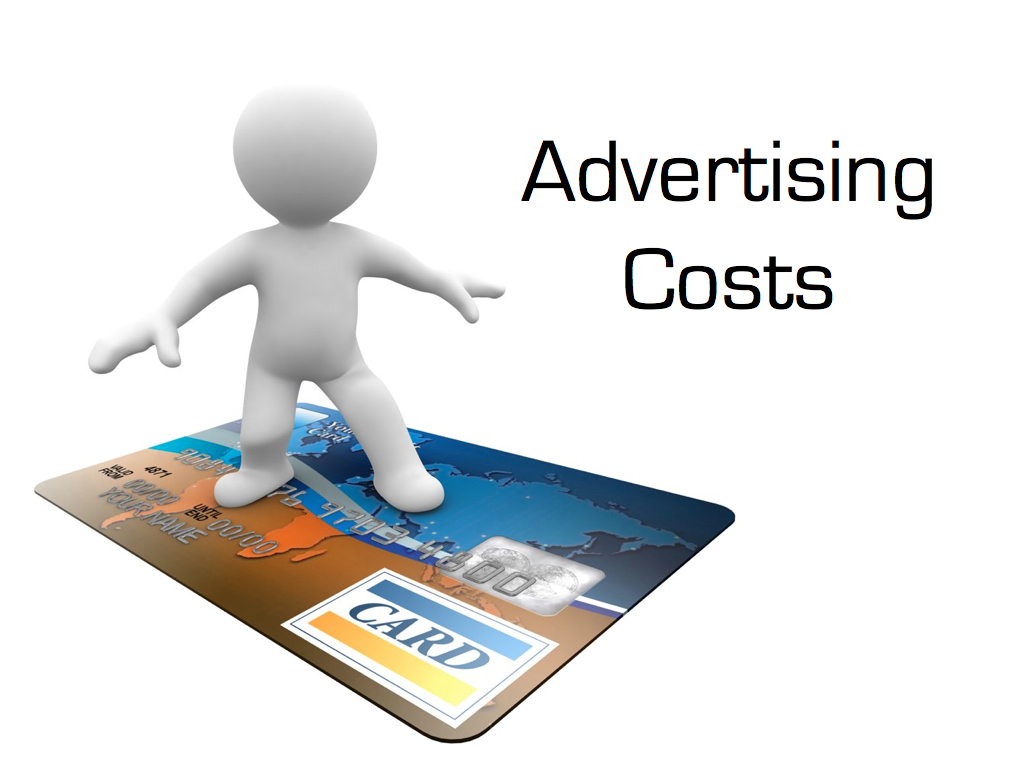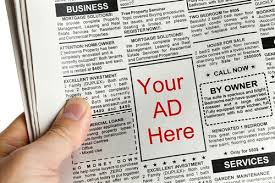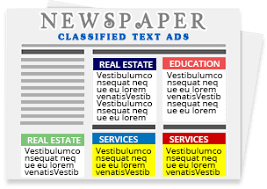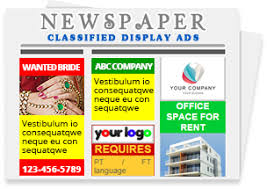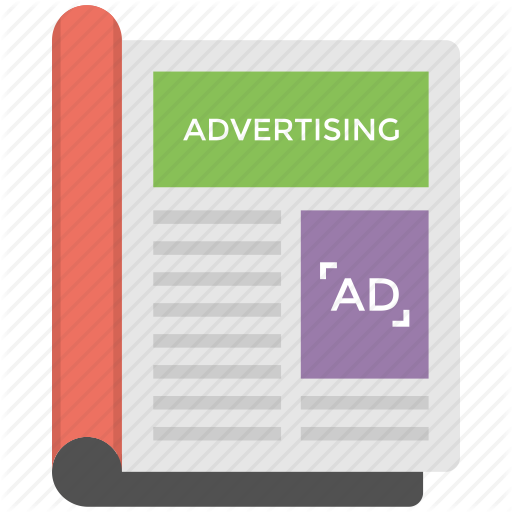Newspaper advertisements have been part of our life since the emergence of the first newspaper in the 16th and 17th century. Newspapers carried advertisements to cover the cost of publishing and distribution. Since then reading newspapers and along with that checking out ads published in them has been a day to day affair for us. Various innovative men, women and businesses for the last five centuries have contributed to the art of advertising and therefore even today innovative newspaper advertisements draw awe from the public.
Very early newspapers were weeklies published in European countries like Venice, Germany and Holland and they mostly contained news of war and politics. The first daily newspaper was Daily Courant published in Britain from 1702 to 1735. From the very beginning, all newspapers carried commercial ads but with the publishing of daily newspapers, the flow of newspaper advertisements gradually began to rise. Promotion of books and medicines were the first commercial newspaper advertisements but by mid 17th century it was observed that advertisement of various other products became a trend. By the 19th century La Presse, a Paris newspaper started relying upon advertisements to lower its sale price. In the United States, the Boston News Letter became the first newspaper which began carrying advertisements.
The first English weekly to print in India was Hickey’s Bengal Gazette also known as Calcutta General Advertiser. It was in fact the first English weekly to publish in Asia. This newspaper started its journey in 1780 and ceased to exist in 1782 but the seed of newspaper commercial advertisements were sown in India with this publication. Later, with the publication of various other newspapers notably The Bombay Times and Journal of Commerce which is now known as The Times of India, in 1838 and The Hindu in 1878, newspaper advertisement began to rise.
Classified Advertisements in newspapers were originally published free of charge and trace their history back to 1763. They were known as “want” ads at that time. By the end of 18th century, Morning Herald of London began to categorize classified ads as “To be let”, “To be sold”, “Want places”, “Sale by Auction”, etc. Since then almost all London newspapers were publishing Classifieds regularly. The first newspaper to have a special department for Classified Advertising was the Philadelphia Public Ledger which started around the end of the U.S Civil War in 1865. These classified ads were of affordable cost and allowed individuals to reach out to masses. The biggest category was that of Medical where quack medicine and remedy ads were published.
During the late 19th and early 20th Century, newspaper advertising began to climb its height throughout the world as well as in India. Advertising was established as a profession and there was the growth of Advertising Agencies. Volney B. Palmer set up the first advertising agency in Philadelphia. In India, B. Dataram and Company established the first advertising agency in 1905 followed by The India-Advertising Company, the Calcutta Advertising agency and S.H. Bensen. Apart from imparting product information, there was a rise in creative designing and innovative marketing in these new generation newspaper advertisements.
The periods of World Wars saw a rise in newspaper ads. During the World War II newspaper advertising increased as men left their employment to join war efforts and newspapers were filled with “Position Wanted” and “Help Wanted” ads. As per a record, 51% of newsprint was occupied with classifieds in 1943 United States. During this period, we can see the revolutionary genius of advertising David Ogilvy stating his own advertising agency. In India, during this period, when the freedom movement gained momentum, there was a rise in creative newspaper advertisements asking Indians to buy Swadeshi products boycotting products from the British Empire.
After independence, due to the Socialist political environment in India of 1960-1970, there was decline in newspaper advertisement due to regulations and tax regimes. In other parts of the world, due to health concerns and social ethics, various types of advertising were banned or restrictions were imposed. However, in India, it gained momentum after 1970 and thereafter in 1980, due to opening up of the economy; there was expansion of newspaper advertising. Various advertising agencies came into existence and the corporate sector increased their advertising budgets.
During the 1990s, we can see the advent of the World Wide Web which, within a decade, was a household tool. By early 2000, leveraging this technology, many companies started online marketing and advertising. There were websites especially developed to cater for business hiring needs or matrimonial match making. While this came up as a threat to newspaper advertising worldwide, in India we still had a high number of people who were dependent upon newspapers for their daily dose of news especially the elder generation, the middle class and the rural population. Advertising in newspapers was still a good way to reach out to the Indian masses. However, individuals and businesses were looking forward to an option where they could sit at home or their office and book a newspaper advertisement with trustworthy and transparent rates.
In 2009, an Indian start up releaseMyAd came into existence. This website www.releasemyad.com was innovative and combining the power of internet technology, it allowed booking advertisements in newspapers. This idea was itself revolutionary and never thought of previously. People in India had to get in touch with local grocer’s stores to get a classified ad published in a newspaper that too with dubious rates and no customer service.
releaseMyAd, with its relentless development and innovative ideas, developed a platform where not only classifieds but display ads can be created and booked in any newspaper throughout India with few mouse clicks. This self serve portal has brought newspaper ad booking to an advertiser’s doorstep. Additionally, it has excellent customer support which attends to every customer who faces booking issues in the website. The growth and success story of releaseMyAd truly deserves a chapter in the history of newspaper advertising. releaseMyAd customer support team can be reached through the Phone/ WhatsApp No. 9830629298 or email id book@releasemyad.com. Online chat support is also available on the website 24X7.



